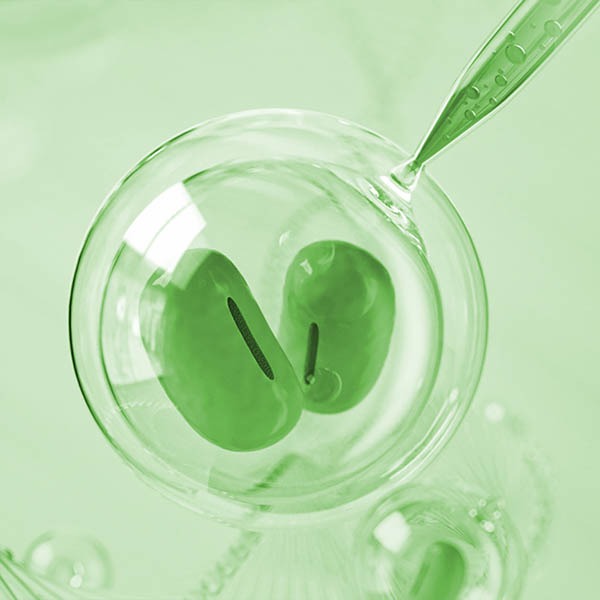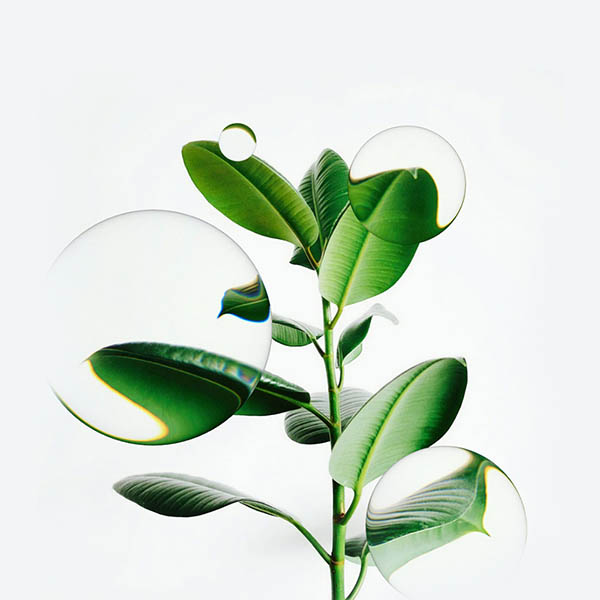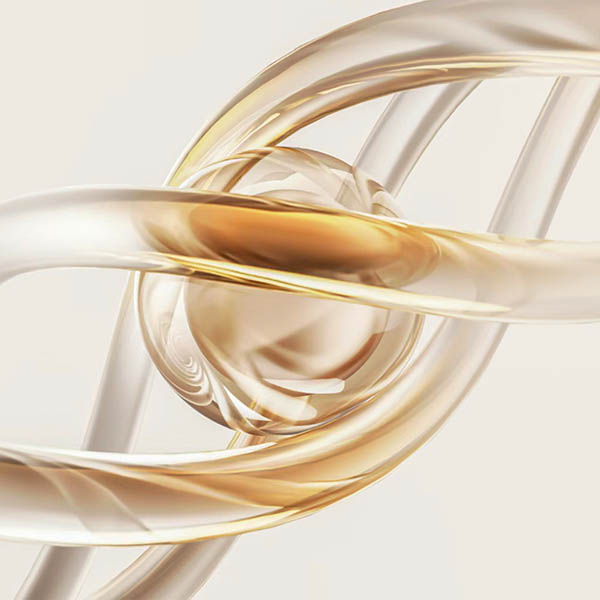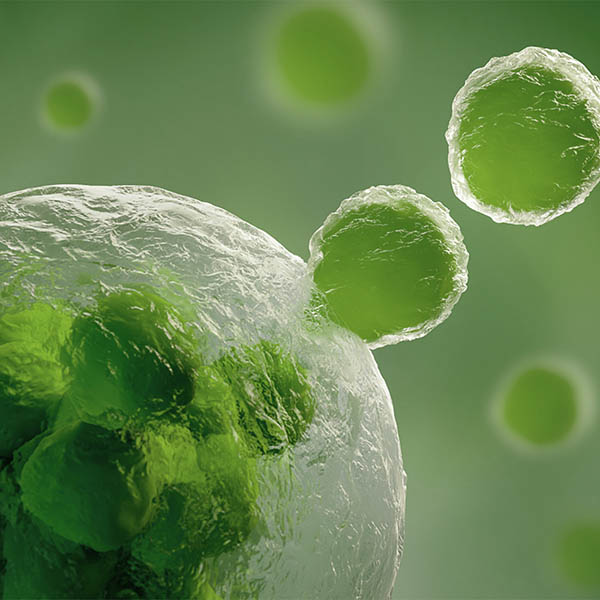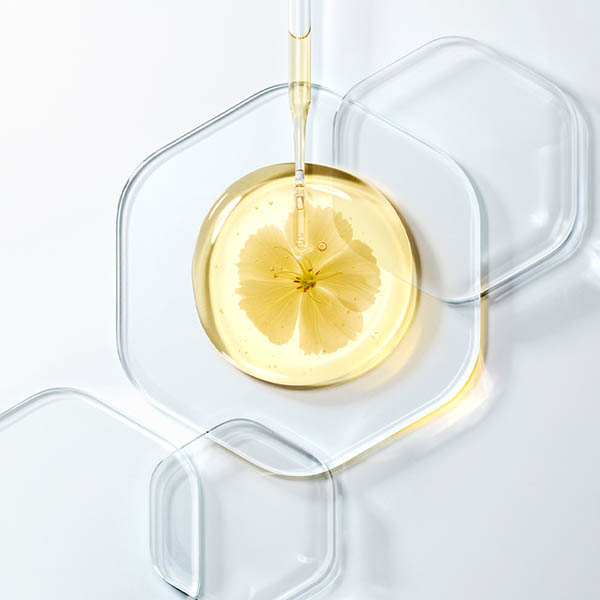【Anti-Aging New Star】Taxifolin, Famous For The Removal of Senescent Cells
The origin of taxifolin: in 1936, Hungarian scientists discovered an antioxidant, which the scientists classified into the vitamin P family, that can increase the strength and normalise the permeability of capillaries. Later, this substance was able to be extracted from plants such as yew, yellow cedar, larch etc. and it was named “taxifolin”, or dihydroquercetin.
1. Taxifolin – Top Luxury Anti-Aging Treasure
- Scarcity
Taxifolin is a scarce resource worldwide, and is an extremely valuable pharmaceutical and functional food ingredient. Yew and yellow cedar are listed as globally endangered tree species and therefore banned from logging, while larch is only distributed in eastern Siberia, north-eastern Mongolia, north-east China and North Korea ,and has a long growth cycle – resources available for extraction and production are extremely scarce.
At present, only China and Russia have mastered taxifolin extraction and large-scale production technology; China’s domestic production capacity of taxifolin is about 16 tons, with the global annual output of around 30 tons.
- Anti-aging
Since the 60s, scientists have begun to study the medicinal values of taxifolin, the US CA database shows that 56 international institutions around world are undergoing scientific research on taxifolin. According to data, in 2006, Russia used their unique resource and environmental advantage to successfully extract taxifolin from the roots of larch pine in Siberia, and began the industrial production, cataloguing it into the pharmacopoeia as a medical drug. Nobel Prize winner, Professor Stephan Bolliger believes that taking 4-10mg of taxifolin and vitamin C daily can extend life expectancy by 20-25 years.
2. Special Period: Anti-viral & Anti-cellular-senescence
Taxifolin is a naturally occurring flavonoid found in plants, and is considered a safe senolytic (senescent cell lysis) candidate.
In a study on coronavirus, taxifolin is shown to exert an antiviral effect similar to apigenin, kaempferol and luteolin, by inhibiting the activity of SARS-CoV 3CLpro, the main protease of coronavirus; Not only that, in some structural simulations of computational biology, taxifolin has the “highest” inhibitory activity against coronavirus (minimum IC50), indicating that a smaller amount of taxifolin comparable to other antiviral flavonoids, is required to achieve the same antiviral effect. Specific to the respiratory tract, taxifolin has also shown protective properties against bronchus and lung injury.
In addition to antiviral properties and fighting coronavirus, taxifolin also has anti-inflammatory, antioxidating, liver protection, neuroprotection, glucose metabolism improvement, cardiovascular protection, anti-tumour (breast, lungs, colorectal, prostate, skin etc.), and other properties. It is also good for other secondary health problems such as recovery and secondary infection – a good choice for anti-aging and repair.
References
[1] Chen, Y., Mei, Y., Yang, L., Li, W., Zhou, Y., He, S., & Liang, J. (2022). Taxifolin improves inflammatory injury of human bronchial epithelial cells by inhibiting matrix metalloproteinase (MMP) 10 via Wnt/beta-catenin pathway. Bioengineered, 13(1), 1198-1208. doi:10.1080/21655979.2021.2018384
[2] Das, A., Baidya, R., Chakraborty, T., Samanta, A. K., & Roy, S. (2021). Pharmacological basis and new insights of taxifolin: A comprehensive review. Biomed Pharmacother, 142, 112004. doi:10.1016/j.biopha.2021.112004

